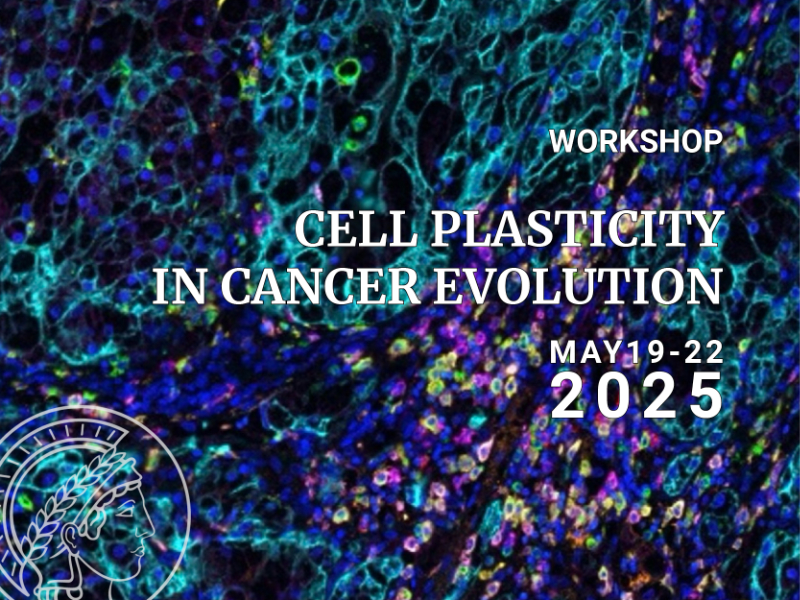Speaker
Description
The tumour microenvironment is characterized by alterations in the molecular and cellular composition, such as the infiltration of immune cells, reprogramming of fibroblasts, changes in ECM composition, changes in oxygen concentrations and pH, and related cell phenotype changes such as metabolic reprogramming or the emergence of migratory and invasive cancer cells. Critically, many, if not all, of these changes are related to physical changes. For example, the ECM changes its mechanical properties (e.g. stiffness, viscosity, porosity), cells modify their adhesive properties (e.g. changes in cell-cell and cell-matrix adhesion during EMT), and the forces they generate (e.g. during immune infiltration and during cancer invasion). Moreover, these physical changes are associated with spatial and geometric signatures (such as alterations of cell or nuclear morphology in cancer progression, or changes in tissue patterning resulting from immune invasion).
I will present several projects that introduce physical and geometrical changes that occur at various scales of the tumour microenvironment, ranging from molecular pathways, subcellular geometry (e.g. organelle shape), cell shape to cellular and ECM organization. I will highlight the integrative and predictive role mechanistic mathematical models can play in uncover the bi-directional links between molecular and physical features in regulating cell functions, including cell migration, proliferation and metabolism.

